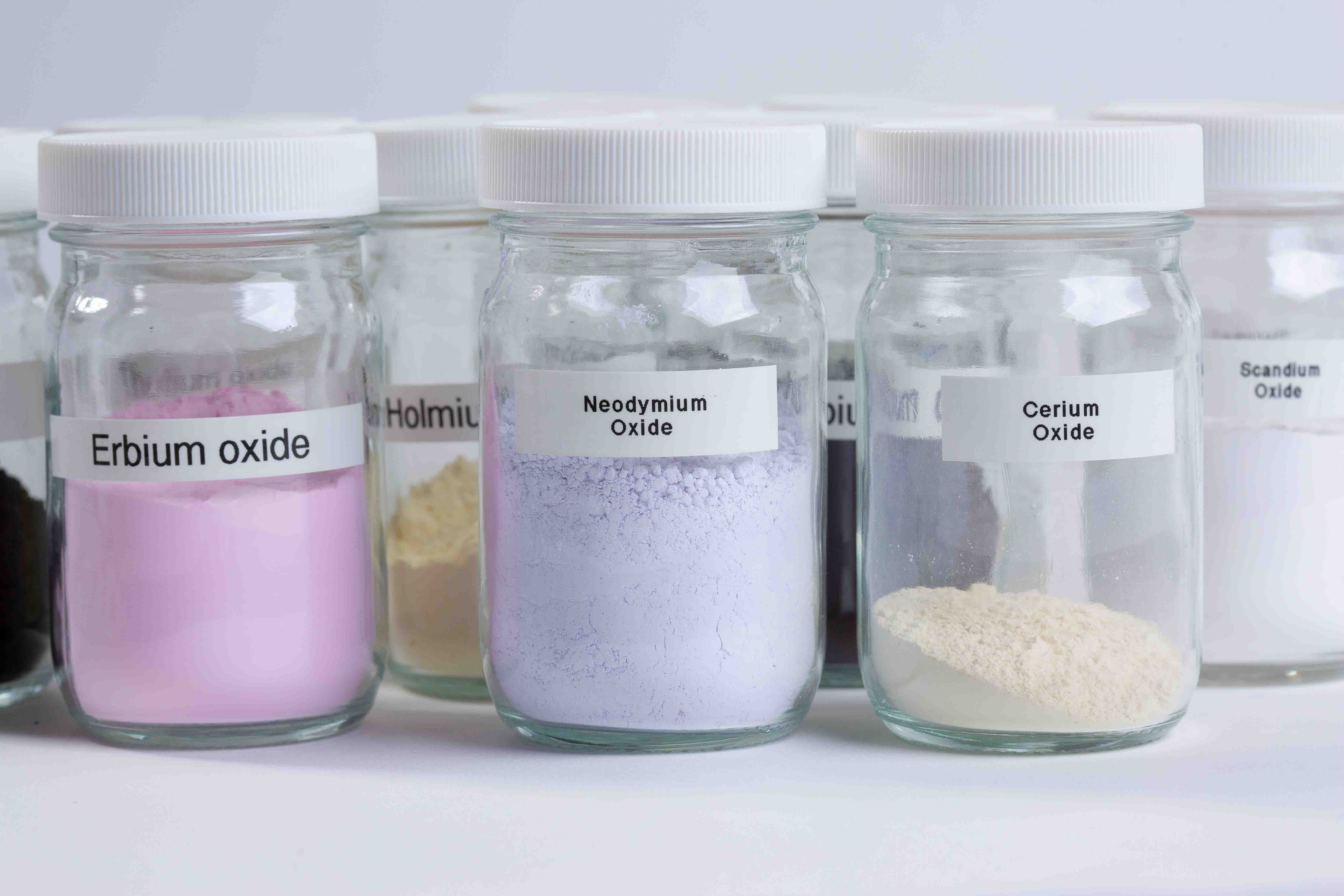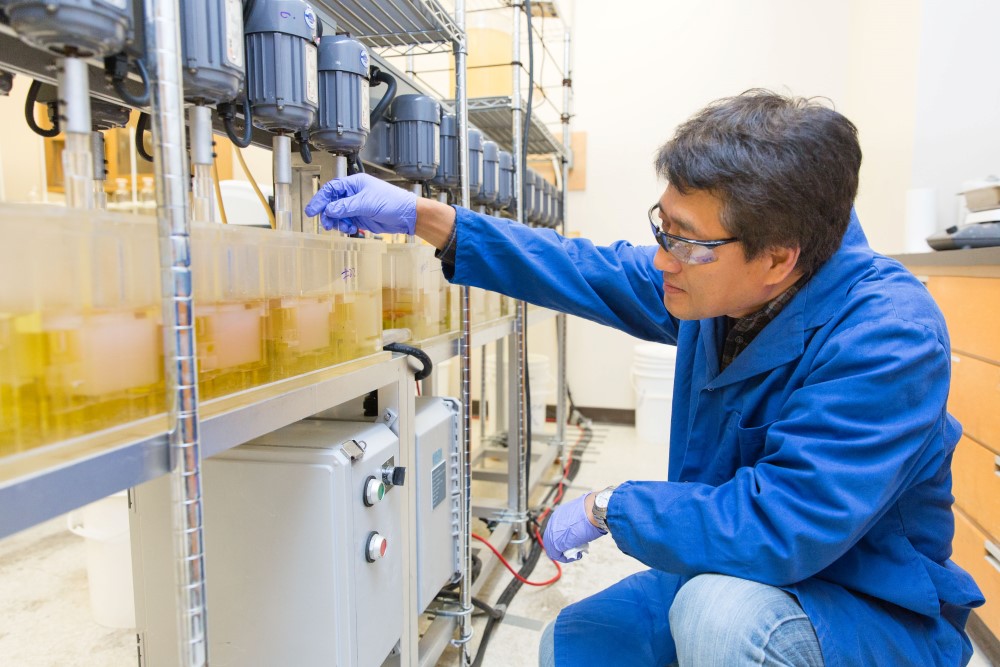
This article first appeared in the Canadian Mining Journal.
The rare earth element (REE) market has experienced impressive and unprecedented growth over the past couple years, and it is expected to continue that growth in the coming few years. There are many reasons for this growth including a move toward electric vehicle adoption, net zero goals at both domestic and international levels and a secured supply of REEs that is no longer dependent on foreign sources.
SRC hopes to be a contributing factor in this continued industry growth as it builds its Rare Earth Processing Facility and REE hub. But with growth in any sector, particularly a relatively new sector, there are both challenges and opportunities. For the REE industry, the key to success will come from the development and security of its own independent supply chains.
The Rare Earth Supply Chain
What is important to understand is that REE resources around the world are not actually all that rare. However, most of the world has been dependent on foreign sources of these critical materials for the past number of decades. This import dependence can be a concern because it puts supply chains and material users at risk.
With the evolution in both the auto and energy industries, hydrocarbon demand is diminishing and REE demand is increasing. The secure supply of rare earth elements and the resiliency of their supply chains are essential to meeting this demand. And while industry has made significant progress toward this over the past couple years, it is not yet sufficient and still leaves a number of vulnerabilities.
Another important thing to understand is that the REE supply chain is complex and poses many challenges to develop. That’s because there are many individual stages of the full REE production chain including mining, beneficiation, hydrometallurgy, separation, metal alloys, magnets, original equipment manufacturers and finally end use.

Challenges
The development of new supply chains does not come easy. One real challenge that is being observed worldwide is the speed at which upstream operations can get up and running to the point where the beginning of a supply chain can develop. These types of exploration projects typically require both time and significant financial backing in order to get to production.
One upstream company which has found a quicker route to market is Cheetah Resources Corp. – the only operational REE mine in Canada at the moment. Cheetah Resources commenced production of its Nechalancho mine in the Northwest Territories in June 2021. It will ship rare earth concentrate from its mine to its Rare Earth Extraction Plant in Saskatoon (located adjacent to SRC’s Facility) to be processed into a mixed rare earth carbonate before being shipped to Norway for separation.
But with the massive demand required in the coming years, many more REE mines will need to begin production in order to meet the need and create a secure supply beginning from the upstream portion of the supply chain.
Another challenge is that the REE market can be quite volatile and uncertain. When rare earth oxide prices are too low, this affects the ability for new upstream mining projects to be economical. When rare earth oxide prices are high, this leads to constraint for magnet manufacturers or even impacts for the end user industry. This continuous fluctuation of pricing can lead to instability for industry.
Currently, the biggest risk for the REE industry is market sustainability – will prices continue to trend up, will they level out, or will they drop. What is evident, is that the swift development of transparent and secure supply chains will lead to more certainty and less volatility for the RE industry going forward.
Opportunities
While there are many challenges to building a new supply chain, it also presents many opportunities. This starts with the demand.
The annual demand for rare-earth metals is projected to at least double by 2030, creating both enormous pressure and opportunity for global production. In order to meet this demand, international collaboration will be required – something we are already seeing on many levels already – mainly being pushed forward by the need to achieve net zero since rare earths offer a great opportunity to achieve those goals.
Scaling up and commercializing new technologies can often be a challenge however, research and development (R&D) is actually well-positioned to address long-term solutions to the REE supply chain. SRC is especially experienced to help validate and demonstrate new technologies in its research laboratories and pilot-scale facilities – led by some of the world’s leading experts in REE processing and separation technologies.
Finally, the vulnerabilities in the REE supply chain can be addressed through a variety of mechanisms including a focus on exploration, production, alternatives, recycling, reprocessing, industry incentives, international collaboration and R&D investment. All of these areas create opportunities and, in the end, will help reduce the dependence on foreign sources, encourage technological innovation, support job creation and most importantly, will foster a strong and vibrant REE industry for years to come.
SRC’s Role in the Supply Chain
In Canada, SRC’s Facility is playing a leading role in addressing some of the issues in the supply chain, providing rare earth producers with a potential route to market and completing the important mid-stream piece of the supply chain by completing concentration and separation at the early stage of project development – a previous place of bottleneck for industry within the supply chain.
As a first-of-its-kind in North America, the Facility will lay the foundation for a REE supply chain in Saskatchewan and form an industry model for future REE resource expansion in the province.
SRC’s Facility is currently being completed in two phases. The first, which includes a Monazite Processing Unit, will process the ore and produce mixed rare earth, and be operational in early 2023. The second phase, which includes a Separation Unit and a Metals Unit that will produce rare earth metals, a key ingredient used to manufacture permanent magnets. These will be operational in early 2024.
Keep up to date with progress on our Facility - subscribe to our newsletter.
